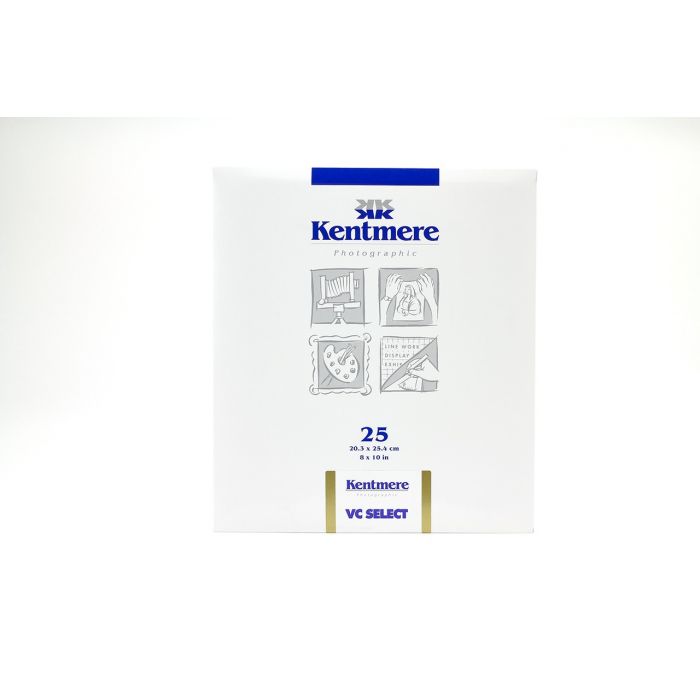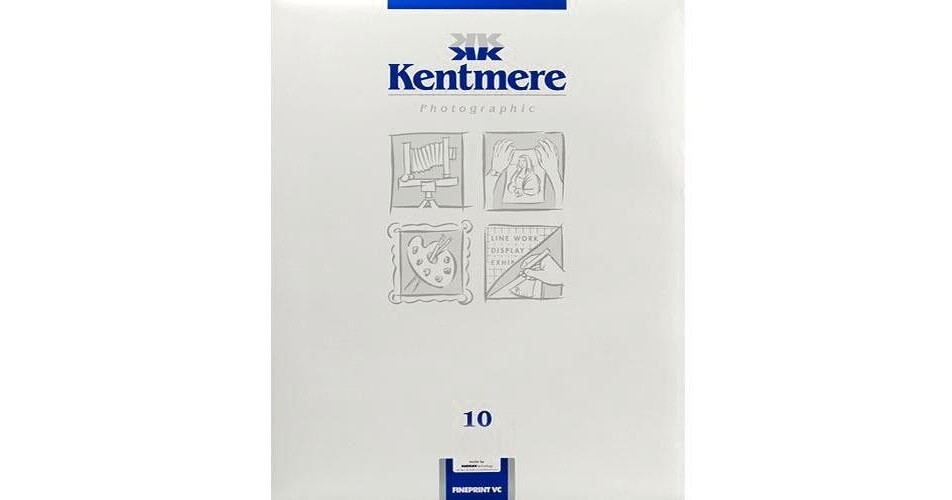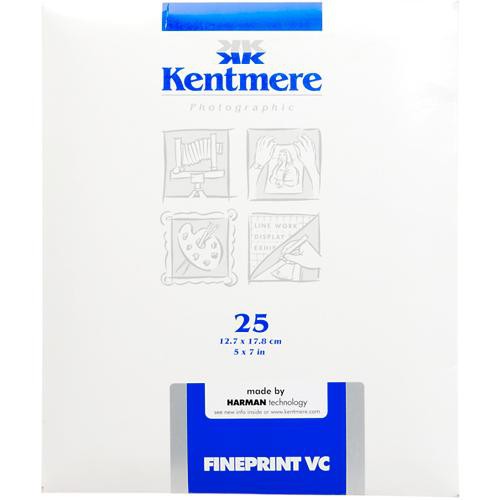
Look for the faint image, -usually around two minutes.

Drop them all in the developer together and keep them moving, but don’t be too vigourous with the agitation. My own preference is to mix 50ml of A and 50ml of B into 900ml of water at 20?C.Įxpose four pieces of paper (I cut a sheet of 10×8 into four equal 5×4 test pieces) to a range of times, one after another – 1 minute, 2 minutes, 3 minutes and four minutes under the same part of the negative and write the times on the back. There was no appreciable difference at the strength I was using it, though this differed from the recommendations that came with the kit. I was surprised to find that it worked really well as a Lith paper, out of the four non Lith papers I tried it was easily the best.Īs the Kodalith developer is no longer available, I ran some tests with the Fotospeed variety to check my dilutions and times. I tried Ilford Gallerie and Kentmere Fineprint VC FG Warmtone, which has a lovely quality when processed normally, -I think it has the look of a pencil drawing with the right image, it doesn’t have a deep black, but a deep pencil grey on a cream base. Once we had a few prints I began to experiment with a few other papers. Here are a couple of examples, the first is on Ilford Warmtone and the second is Kentmere Kentona, both from a 5×4 negative One important point though, the RC version definitely doesn’t work, -you have to use the FB. The effect is often so ‘grainy’ though, that it can’t be used for large format negs unless you particularly want them to look like they were shot on Delta 3200 on a half frame camera. The image goes speckled in a nice way though and takes on a khaki sort of colour which I find attractive for certain images. The Ilford warmtone produces a Lith type image, but isn’t ideal, it’s not really supposed to be a ‘lithable’ paper, the split isn’t as pronounced as with some other papers and you don’t get any pink tones.

The Kentona gives a very pink result which is very typical of Lith prints, but I’m not crazy about it. I couldn’t find any proper Lith paper, but remembered that old Kentmere Kentona worked well and Ilford Warmtone FB could be used too. I wasn’t that bothered about doing contact sheets that night, so I mixed up some old Kodalith dev which I’ve had for over twenty years (it seems to last forever) and chose a suitable neg. His question made me remember how much I used to enjoy that particular type of printing, so I decided a demonstration would be the easiest way to let him see just what it was capable of. I told him that there wasn’t much to it, the technique is pretty straightforward if you are just playing around with it, the difficulty comes in trying to get repeatable results.

He was asking me how a real Lith print looked, as he had only ever seen them in books. I had a visit from a friend the other day while I was doing some contact printing.


 0 kommentar(er)
0 kommentar(er)
